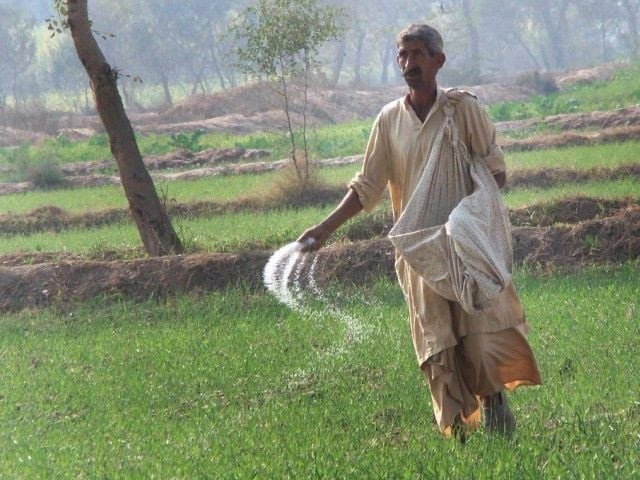Islamabad:
Indus River System Authority Advisory Committee (IAC) approved the water availability of the Rabi 2025-26 season on Tuesday, which projected a total system shortage of 8%, despite the country experiencing heavy floods over the current year.
The figure marks the lowest deficiency in the last decade, according to officials. As a result, the expected provincial retreats were set at 33,814 million Acre feet (MAF) -A significant increase compared to the 10-year average of 28,870 MAF and last year’s 29,427 MAF.
IAC met here with Irsa chairman Sahibzada Muhammad Shabir in the chair. It was attended by IRSA members, representatives of the Water Resources Ministry, Water and Power Development Authority (WAPDA) Punjab and Sindh Irrigation Departments and others.
During the session, according to a statement, the committee reviewed that the committee completed the Kharif 2025 season, and noted with “satisfaction that actually influx of 122,364 MAF exceeded projections by 18%, the 10-year average by 19%and last year’s influx by 14%.
The provinces used 62,394 MAF water against IAC allocations compared to provincial indentation and IRSA releases of 68,505 MAF, 78,427 MAF and 99,292 MAF respectively, so far the declaration.
After detailed discussion, IAC ended unanimously the expected inflow of an edge station of 22,016 MAF for Rabi 2025-26. After assessing water availability, the committee approved an overall system deficiency of 8%.
The committee, the statement, continued, described 8% system deficiency as the lowest registered in the 10 years of system operations, significantly reduced from the average IRSA deficiency of 18%.
The expected provincial retreats were set at 33,814 MAF, a significant increase compared to the 10-year average of 28,870 MAF and last year’s 29,427 MAF. The provincial assignments also showed significant climbs everywhere.
Punjab, who has historically maintained the highest exploitation, an average of 15,367 MAF in the last decade and 15,561 MAF last year, will now receive an award of 18,207 MAF, Irsa said. Sindh comes with a 10-year average of 11,935 MAF and last year’s use of 12,154 MAF, now intended to receive 13,734 MAF.
Khyber-Pakhtunkhwa (KP) is awarded 0.701 MAF, which rises from 0.668 MAF last year and a 10-year average of 0.528 maf. Balochistan’s allocation also increased modestly from 1,044 MAF last year to 1,171 MAF, up from the decade long average of 1,040 MAF.
Overall, the total provincial use was an average of 28,870 MAF in the last decade, rising to 29,427 MAF last year and is expected to reach 33,814 MAF under Rabi 2025-26.
The committee attributed the lower utilization under Kharif for a very wet monsoon season, marked with widespread rainfall and flooding – especially over the eastern and western river systems. This abundance of water enabled IRSA to fill almost all reservoirs to maximum capacity.
At the end of September 2025, Total Storage was 13,214 MAF, corresponding to 99% of the system’s maximum storage capacity, ensuring a strong starting position for the upcoming Rabi season.



